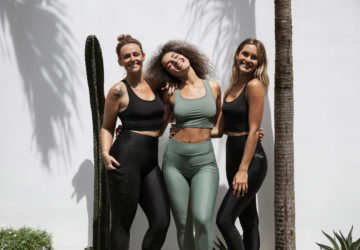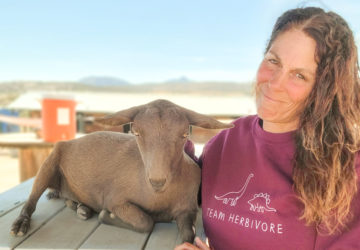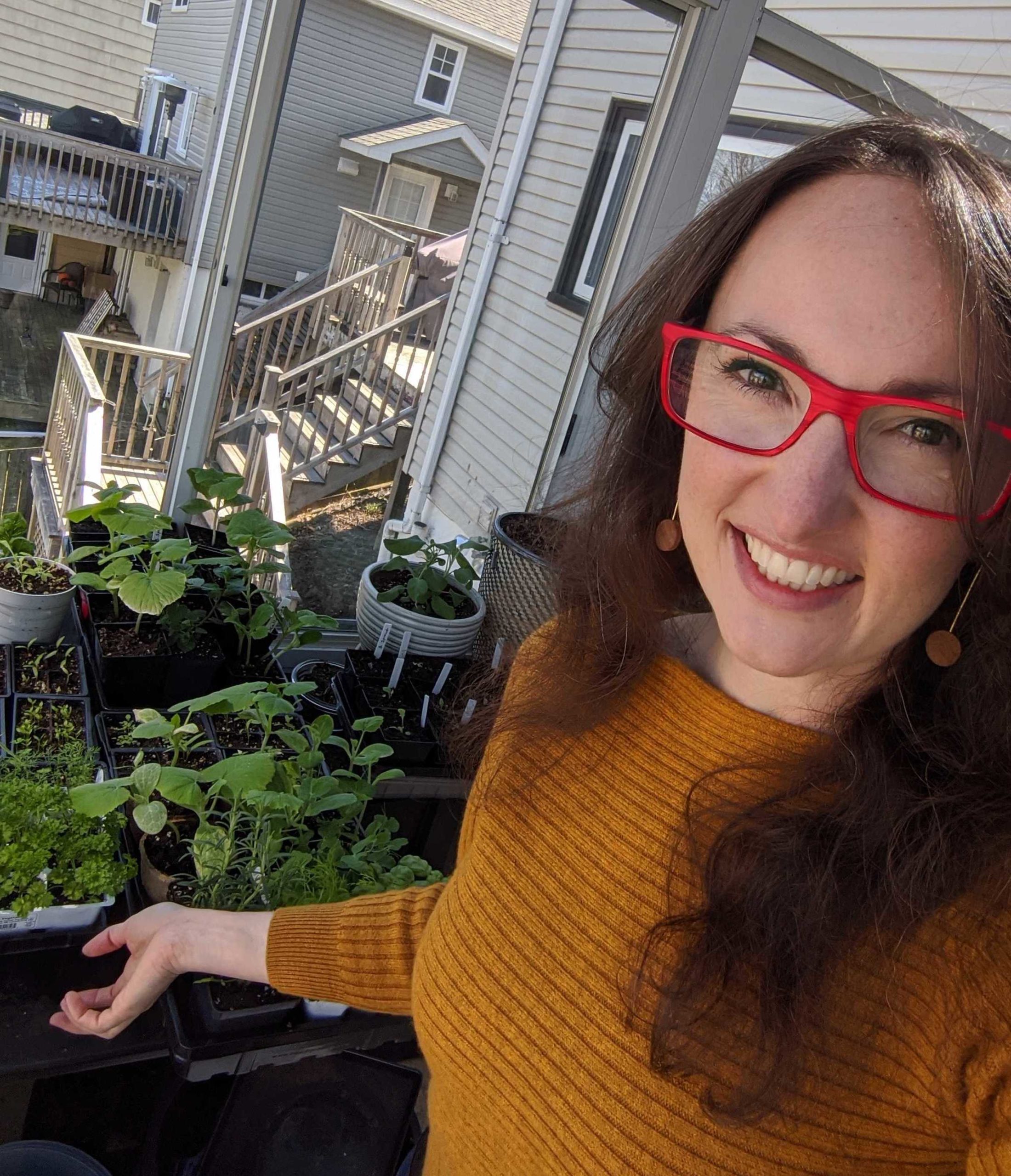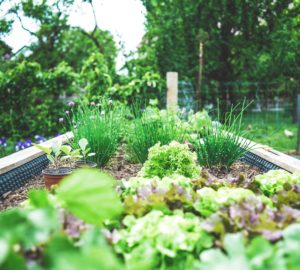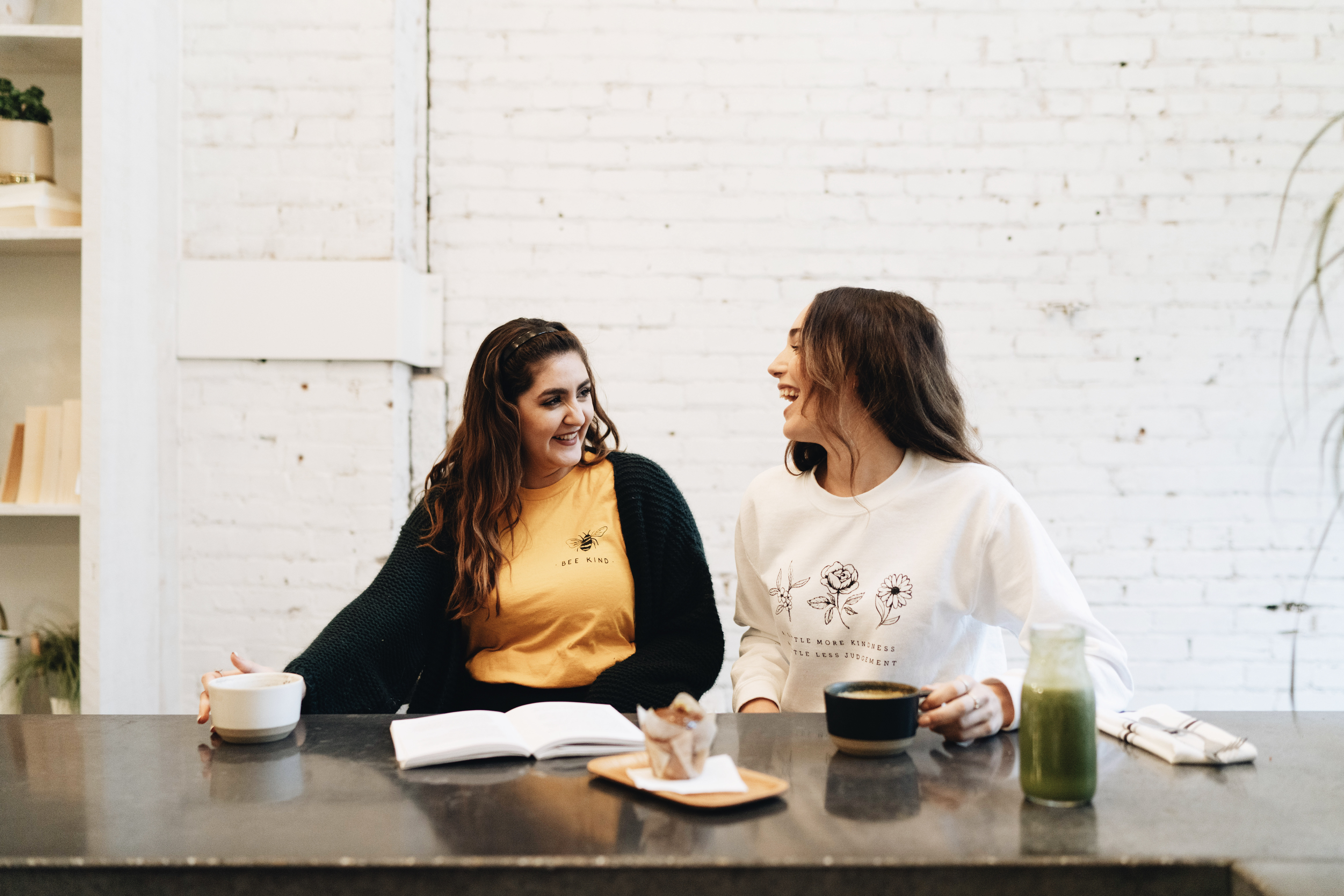How to grow your own fresh food sustainably (and easily!)
Ever wished you had a bundle of fresh basil to add to a pasta dish? Or a home garden full of colorful produce to grab at your convenience? Margaret Dron knows this feeling well!
When Dron started gardening as a side hobby, she found herself loving the green thumb experience… but also struggling to keep things alive. “I was killing everything!” she told us. And if you’re anything like us, you know sometimes — actually, most times — garden projects look a lot prettier on Pinterest and Instagram than they do in real life (like those mason jar parsley planters we attempted twice. Live and learn, right?!). There are so many different types of foods to grow and ways to grow them, which makes figuring out the best way to garden for your unique situation pretty overwhelming. So, Dron decided to create a company that simplified the process of gardening altogether. Enter: Garden Manager, a virtual gardening program that creates custom, step-by-step guides to help you grow fresh food at home (think: virtual personal trainer, garden edition!).
Now, she’s on a mission to make growing food from home accessible for everyone, no matter where they live — whether that’s a 400 square-foot apartment or a four-story home. We chatted with Margaret about how her business works, her love of plants, and common gardening mistakes. P.S. Her tips may surprise you!
How exactly does Garden Manager work?
Margaret: It’s a personal gardener in your back pocket. It knows how to garden, so you don’t have to. It tells you what to grow, when to grow, and where to grow in your garden, so you can optimize for maximum food production and success. And it coaches you! Because once it knows what you’re growing, when you’re growing, and where you’re growing — it’s able to help you along the way with weather notifications and tips about what you should do to protect your garden.
For example, maybe it’s time to thin your carrots. You may not know, but we will! And we’ll not only tell you, but we’ll also coach you on how to look for it in the future. So, it’s a super personalized and effortless way to grow food because you have someone looking out for you and coaching you every step of the way — just as easy as it is to get a text from a friend.
What are easy plants to grow for beginners?
Margaret: Kale and lettuce are really easy. They don’t require tons of root depth or sun. But also think about what you love to eat and then, think about how to grow it. You can grow almost anything in a container, even potatoes.
View this post on InstagramA post shared by Margaret Dron (@mygardenmanager) on
Any insider tips for container gardening?
Margaret: Go deep. If you can, buy a container that’s two feet high and you’ll have the root depth for pretty much anything. Then, there’s also sun exposure to consider. But in my kitchen by a sun-facing window, I’m growing peas, Brussels sprouts, and every herb you can think of. And in my dining room, I have radishes in just a flower pot.
Also, mint can grow in shade — just water it well and you’ve got a mojito bowl in your dining room!
What are common gardening mistakes?
Margaret: The mistake a lot of people make with container gardening is shallow watering and over-watering. Most plants need water every three to seven days. That’s part of what our app will do — let you know which plants have had enough rainfall and which haven’t.
You want to water them slowly and deeply. That way, you can mimic what nature does by adding a good amount of water in layers, so you’re soaking it all the way through. And if you can, the best way you can water is bottom up watering.
And pH is another issue. Normally you don’t need to feed plants more than once or twice in its life cycle. You can also get a pH reader for $12 and use it regularly.
Why should people grow their own food?
Margaret: It’s one of the best things you can do for the environment. You cannot get a smaller footprint than growing your own food. You’ll also reduce waste, get more of the actual vegetable, and you’ll get a longer shelf life, since vegetables can usually last much longer in a garden than in your fridge.
Personally, when I’m growing my own food I feel like I’m getting a cleaner product I can trust — that’s also delicious. And it’s just fun! You get to dig in soil and have it be socially acceptable.
What are your top sustainable gardening tips?
What are your hopes for Garden Manager?
Margaret: The amount of food deserts popping up is huge. We want to help people get more food in their homes because people are often living in areas where they could grow their own food, but they may just not know how. And we want to help shift that.
I’d also love to have enough gardeners to empower them to share and connect with one another, and eventually combine their growing with not-for-profits. That takes critical mass. We’d love to help people grow food and increase accessibility for those who don’t have it.
Follow @GardenManager for virtual garden chats, pretty plant pictures, and helpful green thumb tips! And visit the Garden Manager website for the latest blogs and updates on all things gardening!
Did all this talk about gardening make you hungry? Same. Check out these reads to get inspiration for your next meal:
- 13 Easy, yummy meals you can make in 30 minutes (or less)
- 20 Drool-worthy recipes that’ll make the most of your leftovers
- 22 Baking recipes that’ll make your days sweeter while you stay at home


